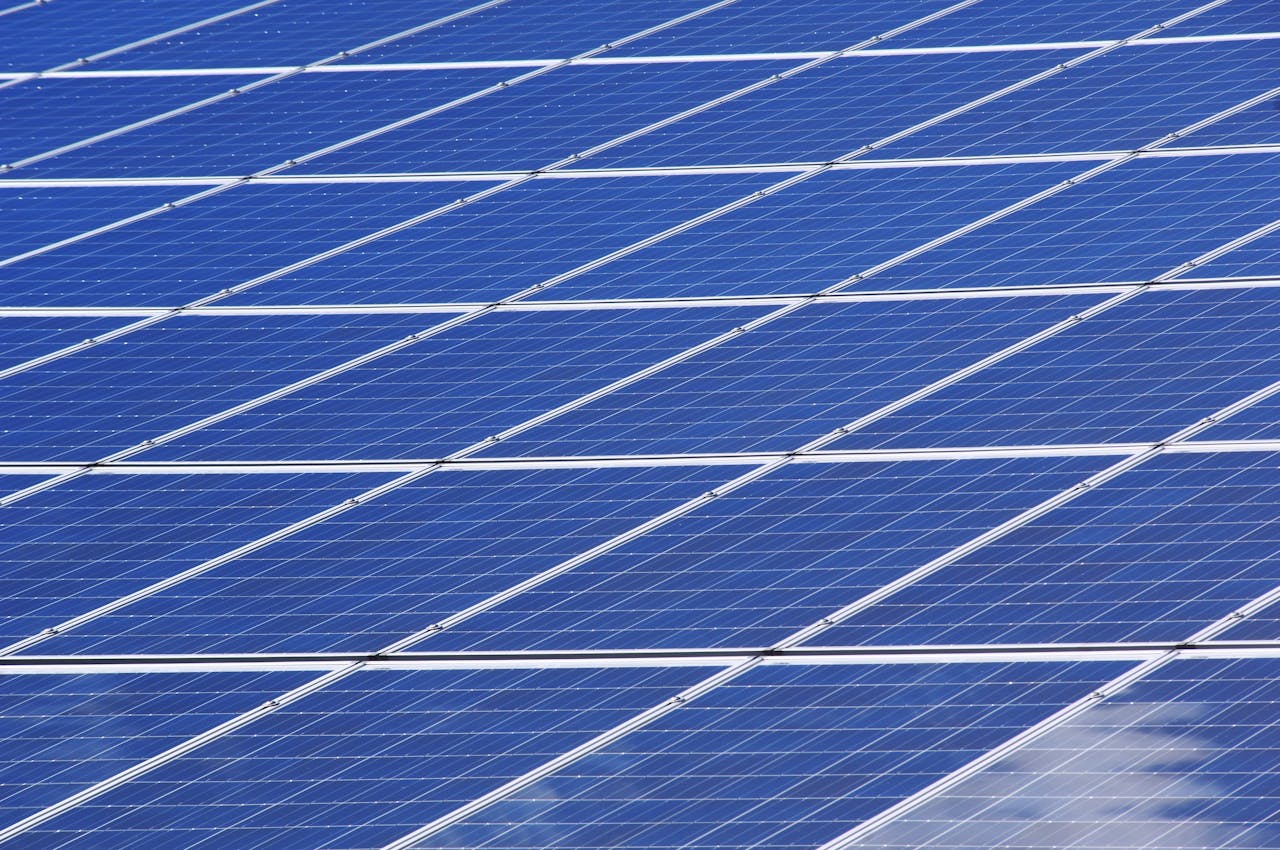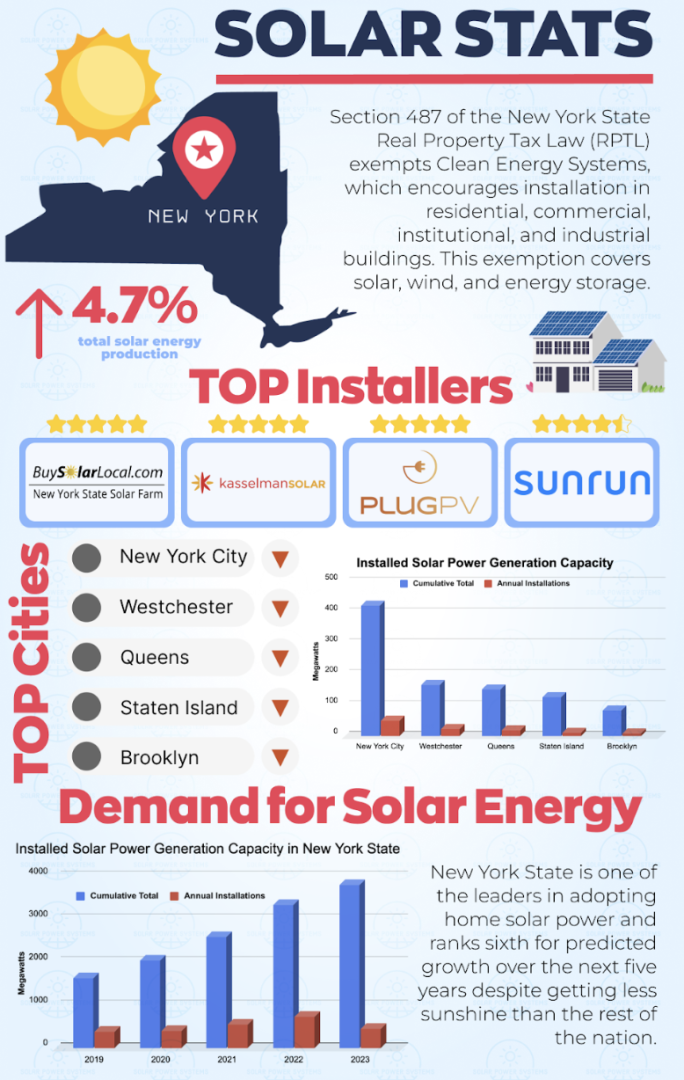Comments
- No comments found

Manhattan is a symbol of economic dominion that also represents the skyline developing it into a canvas for sustainability.
As the prominence of renewable energy continues to gain ground, skyscrapers continue developing solar systems that would help them take advantage of solar power. It would help us dig deeper into the importance of solar systems installation on skyscrapers when we understand how important renewable energy is. The emergence of climate change creates new unseen challenges for the world, and it necessitates the transition from conventional energy sources. Therefore, why is renewable energy so important?
One of the major arguments why renewable energy, like solar power, is important lies in its ability to reduce climate change. Greenhouse gases are released as a result of using conventional sources of energy, which involve fossil fuels. When we move to renewable sources of energy, this means reducing or eliminating our dependence on these polluting forces and therefore helping us reduce carbon emissions as well as mitigating the effects of climate change.
Renewable energy sources investments improve both the level of independence and security in terms of energy. Using the country’s renewable resources for energy will decrease the dependence on foreign oil or other kinds of non-renewables. This transition can enhance geopolitical stability and mitigate the uncertainties that are linked to fossil fuel dependence.
Renewables, however, have become a major source of job creation and economic growth. Thus, the rising development of commercial solar companies in New York creates numerous employment opportunities.
The installation of a solar system on skyscrapers in busy cities like New York provides many advantages. By harnessing the power of the sun, buildings can generate renewable energy and reduce their dependence on fossil fuels.

Source: Solar Power Systems
For a massive commercial building, solar energy can significantly lower utility costs. The solar panels convert sunlight into electricity which is used to power parts of the building.
This can reduce the amount of energy that needs to be purchased from the grid. Any excess solar energy generated during the day can even be sold back to the utility company.
Solar panels also improve a building's sustainability and environmental friendliness. By using a renewable energy source like the sun, the skyscraper lowers its carbon footprint and reduces air pollution in the city. This "green" initiative may attract more eco-conscious clients and tenants.
Moreover, solar panels make a building more resilient in the event of power failures or natural disasters. Relying on its energy source, the skyscraper remains capable of operating essential systems such as security features, elevators, and emergency lighting in case the main grid fails. This backup power ensures a steady supply of electrical energy, which makes the occupants feel secure.
Although installing solar panels on a huge skyscraper may seem intimidating, the ecological impact, savings in operating costs, and building sustainability are all long-term incentives. Through the use of unused space on their roofs, commercial buildings in urban centers can harness an unrelenting natural resource and pave the way for a greener future. The fall in tax rebates and incentives reduces the cost of going solar, thus motivating you to adopt solar power for your business.
The 50-story skyscraper on Fifth Avenue in New York City is one of many innovative examples currently occurring to demonstrate creative solar panel installation for tall buildings. In 2016, owners decided to cover the original facade with over 5700 solar panels which became New York City’s largest installation.
The high-rise structure and the age of this building made it intimidating to undertake such work. The installers had to come up with a strategy in which they would affix the panels without inhibiting or affecting the strength of the building. They developed an anchoring system, which allowed the weight to be distributed among several floors. The panels were also inclined to minimize the wind loading. These creative resolutions enabled as much solar radiation exposure as was thought to be safe for residents and the building.
The solar panel project for the 5th Avenue skyscraper was one of NYC’s largest endeavors at that time and has influenced other high-rise buildings in employing clean technology. It shows how using artificial intelligence in the design and engineering of solar panels can be incorporated with existing buildings as well as new skyscrapers to provide green energy for city structures that move cities towards carbon neutrality. The implementation of solar panels in a place like Manhattan, where such areas are usually characterized by high-density population demonstrates their potential at the points they would be needed most.
To conclude, the idea of using skyscraper solar panels is a ground-breaking approach towards sustainability, which needs to be more common in modern cities. As evidence of its successful implementation, this Manhattan project demonstrates that it is possible to do even on skyscrapers. These solar panels were installed on this 50-stories building with no problems but only through careful planning and engineering. They now not only give clean, sustainable energy to tenants but also help to decrease the carbon footprint of the property and boost your business. Other skyscrapers may copy this practice by becoming green in their own significant ways. Creative renewable energy projects on city towers can have a strong impact on all cities.
Leave your comments
Post comment as a guest